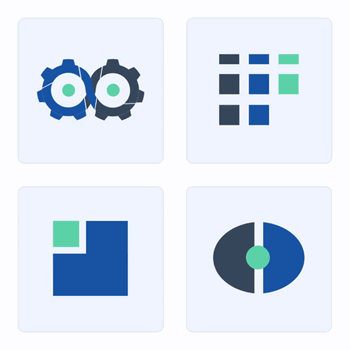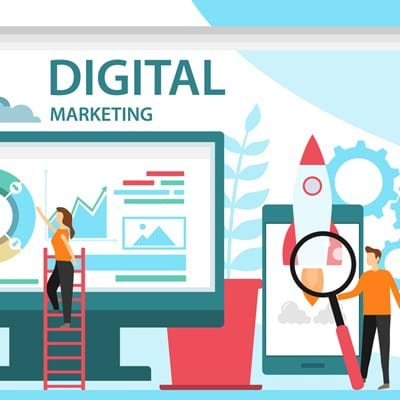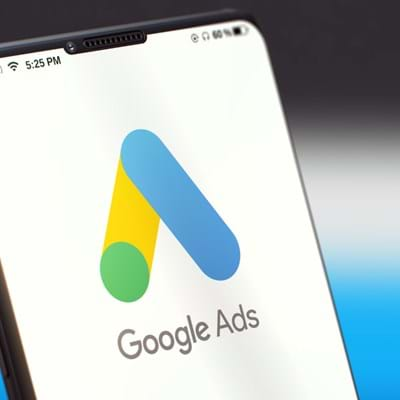When we think about the beginning of web animation, it was all about Flash and interesting vector-based designs.
When it was first introduced, being able to move away from boring static pages and images opened up a whole new world for designers to introduce web animation as a quirky, eye-catching element into their websites.
Soon, web animation was everywhere (and quickly overused). Flash allowed the shift to dynamic web design, giving businesses the opportunity to create content that would engage their customers. However, at the height of this initial movement, web designers were only creating a website to be viewed on a computer. Flash wasn't created to be responsive and it was extremely power-hungry, making it unsuitable for any device other than a computer.
Fast forward to today, where flash has been retired, and web designers need to make websites that are responsive, work across a whole range of devices with different screen sizes and resolutions, as well as power performance. Thankfully, technological advancements mean our devices are now able to handle web animation and video content and this has led to another resurgence in non-static content.
The Pros and Cons
When it comes to website animation, there are pros and cons to consider. On the one hand, animation can add a lot of visual interest and excitement to a website. It can help engage visitors and keep them interested in what you have to say. However, too much animation can be overwhelming or distracting, and it can actually make it difficult for people to find the information they need on your site. So how do you decide whether or not website animation is right for your business? Let's take a look at some of the pros and cons.
Pro: It can enhance a design
There's the old saying; a picture paints a thousand words. So imagine what a moving image can do? Bringing in animation to your design can offer another dimension and capture your user's attention immediately. Animation that engages and keeps the attention of a user will mean they will stay on your website longer and ultimately revisit as it creates a lasting impression.
Last year, we carried out a brand refresh for our client, 2i Testing. We updated the logos and fonts, introduced new colour palettes and created a look that reflected the values of the company. However, the homepage still felt a little static. By creating custom animations, we were able to make the site more engaging, as well as create a theme throughout the service pages.


When it comes to implementing animation on a page, it is important to consider the user experience and make sure any animation, whilst looking good, doesn't impact the functionality of the site.
Pro: It can improve user engagement & increase conversion
One of the ways in which animation can help your website is by directing their attention to specific content on a page or making the call to action buttons more prominent. You can use animation to guide your web visitors through the sales funnel and move their attention throughout the site, highlighting key touch points through their journey.
Con: It can slow down load speeds
Page speed is an important factor when it comes to your website's ranking. And whilst making your web pages more dynamic, it shouldn't be done at a cost of performance.
Poorly implemented web animations will also mean user experience is going to be disrupted, leading to poor engagement and increased bounce rates.
Pro: It can simplify complex messaging
Content that is complex can often involve text-heavy designs that struggle to keep a user's attention. With its ability to introduce dynamic graphics, different colours, voice and sounds, animation can help deliver your message succinctly and clearly. This is especially helpful in education environments, where many people would struggle to learn from simply reading text off of a page.
A perfect example of this can be found in our work with Panmure House and their Smith School Series. In this project, we developed a range of interactive components, including an interactive map of Edinburgh map with points of interest for kids to learn more, an escape room with tasks and quizzes, a pop-up help feature and a reward system of points and coins for students to collect.
Con: It can be distracting
Now I know this seems like a contradiction to the last pro above, but there is a fine line to tread in making sure any animations help convey your messaging and not end up distracting. If users cannot effectively find the information they need and struggle to navigate the site, they will simply leave, causing your bounce rates to increase. It is important to remember any animation should only be added if it is going to improve the user's experience.
Inject life into your website with cleverly designed animation
Whilst there certainly can be some drawbacks if not done properly, animation can be a really powerful way of injecting life into your website design and gives you the opportunity to highlight key messages in your content. Our designers have worked with clients across a range of industries, using our knowledge to create bespoke animations that make websites easier to navigate, hold users attention and make their content more dynamic and compelling.
Are you interested in bringing some life to your static website? Drop us a message and we'd love to see how we can help you.





